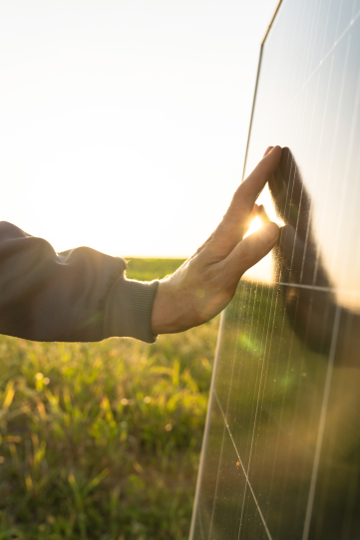Engineering Equipment Standardization

Client
Second Largest Oil Company in U.S.
Year
2019
Skills
Design Thinking Workshop Facilitation Engineering Process Design
The Challenge
Our client approached our team to help them answer the question:

To approach this challenge, we brought together 45 global participants across business units in a 10-day workshop.
The Process
My first step was to build an understanding of the current state and learn the ISO14224 equipment architecture. After aligning on the scope and current state, I designed an agenda that incorporated interactive activities to engage the audience for 10 days. Mid workshop, I noticed participants across departments did not understand each other’s roles, so I led an empathy mapping activity to ensure the teams regained alignment and trust. Finally, to ensure the ISO14224 was implemented, I created the final documentation output that allowed the client to keep track of the future engineering equipment taxonomy.

The Impact
Due to my background in engineering, I noticed our initial equipment list was incomplete and ensured all necessary items were included and addressed, reducing re-work for the client team. Our work enhanced the client’s data analysis and search capabilities, by standardizing equipment taxonomy. Ultimately, we successfully mapped the future enterprise engineering hierarchy for the client.

Self-Reflection
During this project I learned to have flexibility during the user research phase to change the workshop agendas based on the user’s feedback; being perceptive on how a client feels in order re-align and change directions. I realized the importance of building connections and bringing your full self to work. Developing an authentic relationship with clients allowed the 10-days of workshops to be more engaging and drove more impact in the organization.









